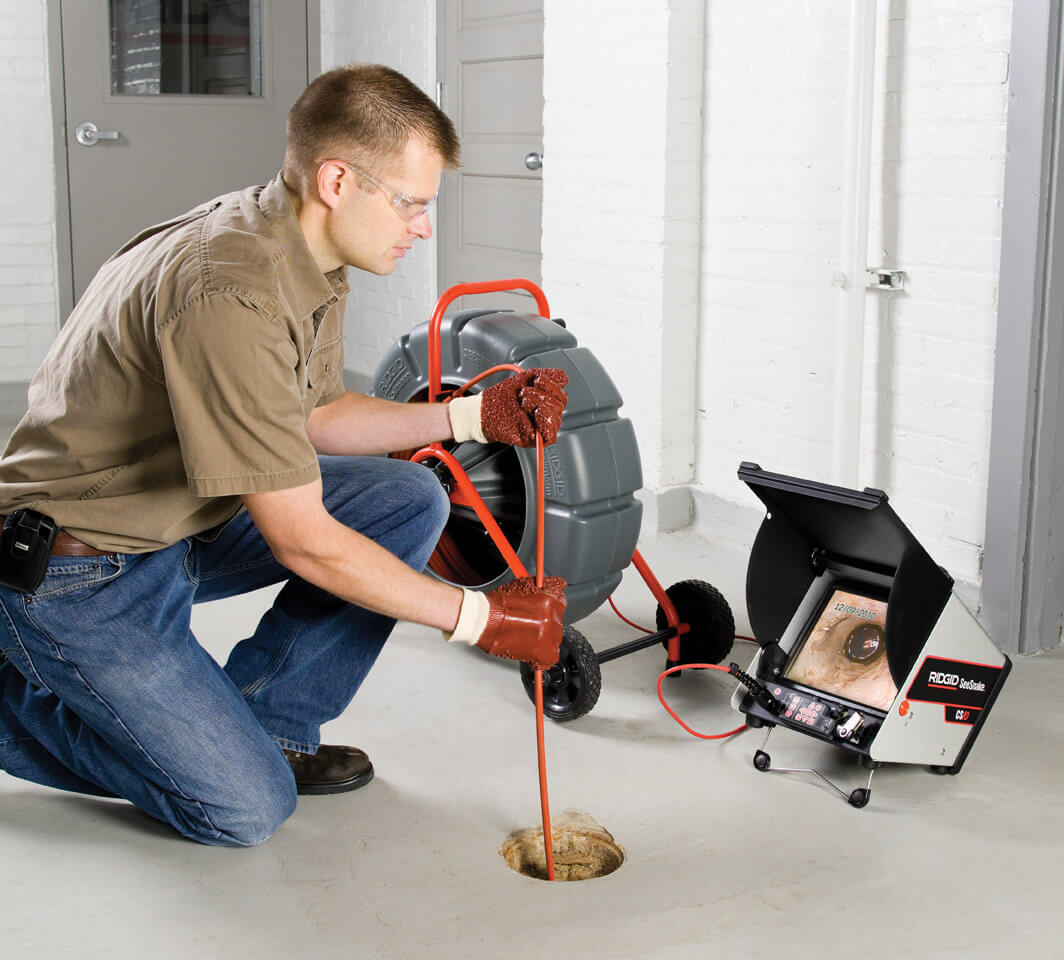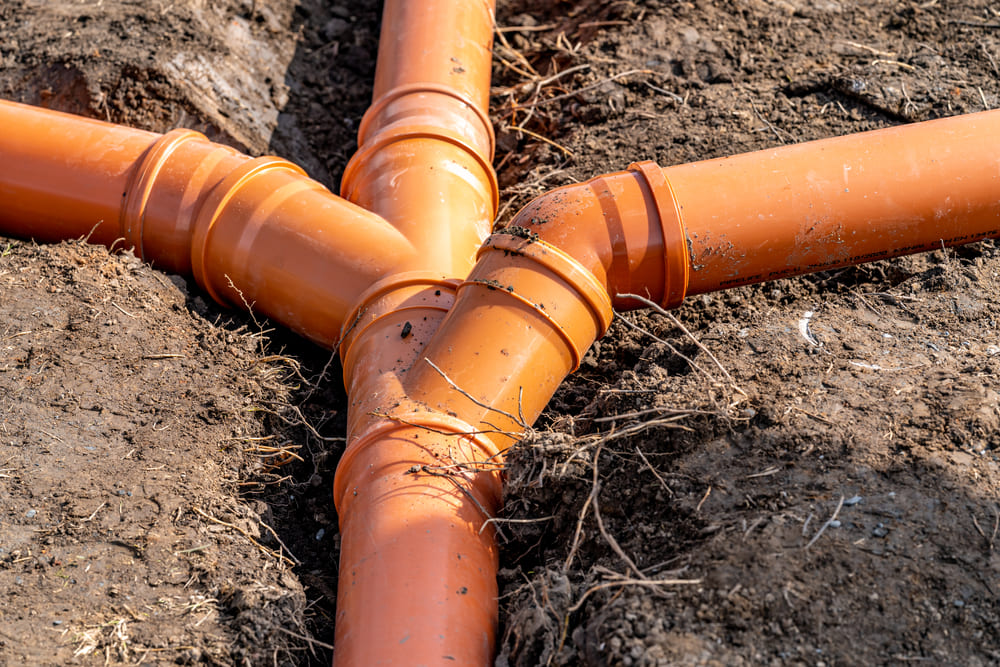Usual Drain Line Problems and Their Solutions: A Homeowner's Manual

Tree Origin Invasions
Tree root intrusions are a common and considerable problem influencing sewage system lines. As trees expand, their origins naturally seek resources of water and nutrients. Sewage system pipelines, specifically older ones made from clay or various other porous materials, offer an appealing target. Gradually, roots can penetrate tiny splits or joints in the pipes, resulting in obstructions and at some point triggering substantial damages. This intrusion can cause slow drainage, sewer back-ups, and also total pipe failure if left unaddressed.
Early discovery is important in minimizing the influence of tree origin intrusions. Regular evaluations using video electronic camera technology can identify root presence prior to it ends up being a serious problem. Once identified, there are a number of approaches to attend to the issue. Mechanical augers or rooter services can puncture the roots, giving a short-term solution. For a more long-term service, chemical origin killers can be used to hinder further growth within the pipelines. In severe cases, pipe relining or replacement might be necessary to restore the stability of the sewage system line.
Implementing safety nets, such as planting trees away from sewer lines and using root barriers, can lessen the danger of future invasions, consequently guarding the capability of your drain system.
Pipeline Deterioration
Deterioration in sewage system pipelines is a prevalent concern that can seriously compromise the integrity and functionality of a drain system. Commonly occurring in steel pipelines, such as cast iron or galvanized steel, deterioration outcomes from extended exposure to dampness, chemicals, and other destructive agents located in wastewater. Gradually, this process compromises the pipe wall surfaces, leading to leakages, breaks, and eventually, pipeline failure.
The key sorts of pipe corrosion include uniform rust, where the entire surface of the pipeline rusts uniformly, and localized deterioration, such as pitting or gap corrosion, which influence details locations of the pipe. Identifying the very early indications of corrosion, such as stained water or uncommon odors, is vital for timely treatment.
Stopping pipeline rust entails routine maintenance and examinations. Applying protective coatings, utilizing corrosion-resistant materials like PVC or polyethylene, and installing cathodic security systems can dramatically prolong the lifespan of drain pipelines. In instances where deterioration is currently comprehensive, trenchless pipeline rehab approaches, such as pipeline lining or pipeline bursting, deal effective services without the demand for comprehensive excavation. Inevitably, proactive administration and prompt repair work are important to mitigate the harmful results of pipeline deterioration on sewer systems.
Clogs and blockages
Clogs and blockages are amongst one of the most turbulent and usual problems impacting drain lines. These blockages can emerge from a range of sources, consisting of the buildup of particles such as oil, food, and hair particles, in addition to the invasion of tree roots seeking wetness. With time, these materials build up, narrowing the pipeline and ultimately resulting in finish clogs that can trigger wastewater to support into homes.
Preventive actions are crucial for minimizing the threat of obstructions. Regular upkeep, such as periodic hydro-jetting and using enzyme-based cleansers, can help maintain pipes clear of debris. Property owners ought to also be conscious of what they throw away down their drains; avoiding oil, coffee grounds, and fibrous vegetables can significantly minimize the probability of obstructions.
In more extreme cases, video assessment tools can be made use of to find his explanation and diagnose the problem, making sure that the proper remedy is used successfully. Prompt treatments and regular inspections can assist keep the honesty and capability of sewage system lines.
Leaking Sewer Lines
Beyond clogs and blockages, dripping drain lines present a considerable concern for homeowners and districts alike. These leakages can arise from various factors, consisting of pipeline rust, shifting dirt, intrusive tree roots, and damage over time. Left unaddressed, dripping drain lines can cause extensive home damage, advertise mold growth, and pose significant health and wellness risks as a result of the contamination of groundwater and dirt.

Repair approaches depend on the seriousness of the leakage and the condition of the drain line. Small leaks might be settled with trenchless repair methods, such as pipe lining or pipeline bursting, which are less invasive and quicker to complete.
Drain Line Bellies
When it involves sewage system line concerns, one particularly tough issue is the development of sewage system line tummies. A drain line belly occurs when a section of the pipe sags or dips, developing a reduced spot where waste and particles can accumulate. This can result in slow drainage, reoccuring blockages, and potential damages to the pipeline over time.
The sources of sewage system line dig this bellies are differed. Poor installment practices, dirt erosion, ground settling, or shifts due to temperature level modifications can all add to the formation of these droops - sewer line inspection ct. Determining a sewage system line tummy commonly requires an expert assessment making use of a sewage system cam to determine the exact location and degree of the problem
Dealing with a sewage system line tummy commonly entails excavation to get to the affected pipe area. Once accessed, the drooping section might need to be changed or rearranged to make certain correct slope and drain. In many cases, trenchless repair approaches, such as pipe lining or pipeline bursting, can be utilized to reduce disturbance while dealing with the issue.
Preventative actions, consisting of regular inspections and making certain correct setup, can assist reduce the risk of sewage system line tummies. Property owners should stay watchful for indicators of drain problems and look for professional support at the first indicator of trouble.
Verdict
To conclude, attending to usual sewage system line problems such as tree origin intrusions, pipeline corrosion, clogs, leaking drain lines, and sewer line stubborn bellies is necessary for maintaining a effective and useful system. Early detection through video clip evaluations and the execution of both short-term and long-term solutions can reduce these problems effectively. Routine upkeep techniques, consisting of critical and hydro-jetting tree positioning, more contribute to the avoidance of these troubles, thereby making sure the long-term integrity of drain systems.
Deterioration in sewage system pipes is a prevalent problem that can drastically compromise the integrity and performance of a sewer system.When it comes to sewer line problems, one especially difficult trouble is the formation of sewer line stomaches. A drain published here line stubborn belly takes place when an area of the pipe droops or dips, developing a reduced place where waste and particles can gather. Identifying a sewer line stomach usually calls for a specialist examination making use of a sewage system camera to pinpoint the specific area and degree of the issue.
